TOP 5 NEW CAR BUYING MISTAKES: Important checks consumers should make… but don't
With over 60 brands of vehicle on sale in Australia and even more models to choose from, hard times are ahead figuring out what your next new car needs to do and have. Here are the most common mistakes you’re likely to make…
Buying a new vehicle can be a stressful experience. There are a lot of options and plenty of numbers to crunch, and a seemingly endless barrage of lures and lies to sift and dodge.
But there are some aspects of you should check before you even start building what might resemble a shortlist. List these items on your immediate checklist to make sure you don’t get caught out at the crucial moment:
1. Does it come with a space-saver spare?
It might not seem like a big deal but let me paint you a not-so-pretty picture. You’re on a road trip with your family or friends, heading to that quaint little town you’ve always been meaning to visit. Halfway there, you suddenly feel the steering go soft or a tyre pressure warning flashes up on the dash (if your car has tyre pressure monitoring).
The next thing you know you’re on the side of the road in the middle of nowhere, trying to figure out how to retrieve the spare wheel from the boot. Now imagine discovering there is no spare wheel. Instead, a pressurised can of slime, which you need to spray into the tyre.
These puncture repair kits can be confusing to use at first but they are generally straight-forward (although the instructions are either utterly confusing or lack any sense, never in the middle). In any case, you do need to get everything packed up pretty quickly and hit the road once it’s complete.
That’s because these kits only work if the substance is spread throughout the inside of the tyre; the goop doesn’t have the ability to track down and seal the puncture. It needs to spread as far and wide as possible within the tyre to find and fill the hole, and the only way to do that is to get driving. Also, these systems only work on smaller punctures. If you’re off road and you’ve fractured the tyre sidewall, forget it. You need to call a tow truck.
Even if you’re on-road and the sidewall is punctured, your can of slime won’t cut it because as the wheel rotates centrifugal force sends the goop outward to the treadface, but misses the sidewalls entirely.
Some vehicles also come with a space-saver spare wheel. These can be better than the goop because at least you don’t have to worry about injecting the stuff and hitting the road. However, space-saver wheels – or temporary spare tyres, as they are often called – are usually speed-limited to around 80km/h. So that four-hour trip inland or down the coast soon turns into a five- or six-hour trip, by the time you’ve changed the wheel and stuck to the lower speed.
The best solution is a full-size spare. They do take up boot space and it often means you have to empty all of your luggage from the boot to access the wheel under the boot floor. But at least you can hit the road as normal and get that punctured tyre replaced later, preferably when you arrive or before you leave to head back home.
Full-size spares are a must if you’re planning any sort of off-road driving as well. You cannot use a space-saver spare during challenging conditions or on rough terrain. The narrow temporary tyre is not engineered to provide extra grip on loose surfaces, and nor is the sidewall engineered to iron over harsh bumps or pointy gravel and rocks.
Top tip: As part of your initial vehicle inspection when you’re shopping around, check what the spare tyre arrangement is for any vehicle/s on your shortlist.
2. Resale value
You might have your heart set on a particular model and you’ve got the money or loan ready to go. However, it is worth checking the resale value of your preferred vehicle. Because when it comes time to sell, it might be difficult to either get the money you’re expecting, or even sell it at all.
If your vehicle has a really low market value, which you can check on many insurance websites and other vehicle guides, then the resale value is low. Some vehicle brands drop quicker than others, with French and Italian models often dropping in value very quickly after leaving the showroom, in Australia.
This doesn’t necessarily mean they are bad vehicles but it means there is lower demand for them than others. This pushes the price down. Some brands also have a poor reputation for servicing and after-sales care, or they're just plain terrible vehicles that are known to cause problems.
Either way, it is worth doing some research. Because then when it’s time to sell, it’ll make the next buying experience less stressful than it already is because you'll have more money and freedom. If you’re choosing to sell your car privately, which is a good idea because you will get more than what a trade-in can offer, a higher resale value or market value retention will also mean your vehicle won’t be up for sale as long as some of the lesser-valued products; it will sell quicker.
Top tip: Avoid vehicle brands that don’t sell in high volumes in Australia, such as most French and Italian makes. These tend to drop in value the second they leave the showroom floor.
Here’s my special report on How to beat depreciation >>
3. Insurance costs
It’s pretty straight-forward but sometimes you get so excited about the idea of finally getting that car you’ve always wanted but you forget to check something as simple as insurance costs. Most insurers will offer different prices and coverage terms, but you can usually run a quick check on various reputable insurance company websites.
You might be surprised by the insurance premiums on some vehicles. There are a lot of factors that influence insurance premiums, such as driver’s age, location the vehicle is stored, safety and performance of the vehicle, and how likely or common vehicle theft is for that particular model.
Higher-priced vehicles are usually accompanied by a higher insurance premium, too. So vehicles like a flash new Mercedes are likely to be more costly to insure than a non-premium Japanese or Korean vehicle. Some electric vehicles are also more expensive to insure than their petrol or diesel counterpart.
Another scenario to consider is whether it is worth buying a dreamy premium marque on the second-hand market, or buying a new but high-spec Japanese or Korean vehicle. Because, generally, that used premium vehicle will demand a higher insurance premium than a new model from a more common, non-premium brand.
Modifications?
Most insurance premiums go up if you modify your vehicle – or void them completely. And if you don’t tell them you’ve made modifications, they could refuse a payout in the event of an accident. Not only that, you might be in legal trouble if your vehicle is found to be not roadworthy due to uncertified modifications.
This is very common in the world of 4x4s and off-road specials. It might be fun to browse through the ARB catalogue to see what bits and pieces you want to add or swap on your new ute or SUV. But keep in mind the insurance is likely to go up.
Top tip: Buy a vehicle as close to standard as possible. If you want to go off-road regularly, it might be worth optioning up and spending more on that top-spec HiLux or Triton simply because it should come with more gear as standard, such as diff locks and so on. Then you don’t have to modify it as much.
The same can be said for sports cars or performance models, if that’s what you’re interested in. Buy something that is already sporty or something that can cope with track driving, straight out of the box. Or as close to.
I'll help you save thousands on any new vehicle here
Just fill in this form. No more car dealership rip-offs. Greater transparency. Less stress.
TOP 5 NEW CAR BUYING MISTAKES continued…
Here are two of the most important things you should be prioritising when shopping for your next new vehicle, beyond the fanciful stereo and heated seats, above the sunroof and how thick the carpets are…
4. Customer support reputation
A search on forums or through social media is a good start to see which brands offer the best customer service and support - and which ones don’t. But you need to also keep in mind that public opinion is just that - opinion. Fanboys, ambassadors, enthusiasts and zealots are not going to give you balanced criticism.
This is where the troubled motoring media comes in, but again, you need to be careful here, because car brands spend big to advertise with most websites and outlets. So you need to look for the sources, stories and publications that offer fair criticism. Do they only report good stuff and minimal, if any, bad stuff?
Do they advocate for the consumer, or just ignore important aspects of the ownership experience, the brands themselves and their dealer network? Do these media outlets call out brands that do the wrong thing? Look for websites that don’t rely on carmaker advertising, so you know they report with impunity and independence - an increasingly rare thing these days, unfortunately.
If you’re stuck with a vehicle that is giving you trouble, the last thing you want is a service department that wants nothing to do with you and your car's problem. But you equally need to have your bullshit filter on, for obvious reasons.
Some niche brands can offer good customer service due to being hungrier for your business, while other high-volume sellers can push hard to maintain their reputation - it can also be the other way around. Some of the bad ones that we know of include Jeep, anything from Jaguar Land Rover, Ford, Nissan, Volkswagen/Audi, and LDV.
Find the worst car brands in Australia >>
Car brands have two trains of thought when you present to them with a legitimate problem. They either ask themselves, ‘What’s the right thing to do here?’ (the good brands), or they ask themselves, ‘What can we get away with here?’ - these are the bad ones…
Jaguar Land Rover is often at the bottom of those big customer surveys in the USA by J.D. Power. These surveys are conducted with actual owners that have owned the vehicle for a certain period, like three years.
A couple of years ago there was a major court battle: Timothy Rigby VS Chinese brand, LDV. Under the Australian Consumer Law, it was found that the LDV owned by Rigby was not of ‘acceptable quality’ due to surface rust found on various areas not long after delivery, and faulty electrical components. The courts demanded a full refund from LDV for Rigby.
The fact that the LDV, a T60 ute, was found to have premature rust is one thing. But the carmaker should have handled the situation better.
But even gold-plated reputations like that of Toyota, which is a religion in Australia, are not without chinks in their armour, such as the 2.8-litre diesel DPF fiasco which resulted in a conviction against the brand. Old news, you might think, but there could be worse things to come if oil consumption issues on LandCruiser 300 ring true or worsen into the future.
Remember: this is a five- or even six-figure purchase decision. It should be almost as important as buying a house.
How the brand and its dealers behave when you need technical support or just adherence to your basic consumer rights is everything.
5. Special vehicle requirements
Other aspects that you should consider before jumping straight in include your various needs and wants. Needs are a must and wants are more like luxuries and bonuses.
If you’re raising a family you might need to consider if your vehicle of choice is able to safely secure three baby seats across the back seat. Some mid-size SUVs are not able to accommodate this unless the baby seats are the really slim kind or staggered between forward- and rear-facing, and some only feature the more secure ISOFIX points on the outer positions (not the middle).
Boot space is going to be important for young families as well, as you’ll need to have enough room for a pram or stroller, as well as your own things like the shopping. Check if your vehicle of choice can fit your pram into the back with leftover room.
Another aspect that’s often overlooked is the tyre specification.
A lot of new vehicles on the market, particularly upper-spec SUVs, feature quite large wheels. These require large tyres, obviously, and more often than not, the required tyre sizes are either difficult to track down or expensive.
Some car manufacturers commission the big tyre brands to create a special tyre for their vehicle. You can usually check this via text on the tyre sidewall. For example, Genesis runs its own version of Michelins on some of its models, and the tyres are stamped with ‘GOE’ (Genesis Original Equipment).
This is great for vehicle dynamics and overall engineering, but these specialist tyres are not commonly on the shelf at your local tyre outlet. So you have to order them in advance, and they are often pretty expensive compared with regular, run-of-the-mill tyres.
Here’s why wheels are getting bigger; tyres smaller >>
Lastly, what fuel is required for your vehicle? It’s always best to fill your car with whatever is stamped on the fuel cap or printed under the ‘Fuel’ section of the owner’s manual. If the cap says ’98 RON only’ then guess what? Cancel that European holiday because you’re going to be spending your savings on 98 RON fuel for the next 3-5 years.
You can, of course, run 98 RON in a vehicle that only requires 95 or 91. However, it is not recommended to ever run your engine on 91 if it says 98 on the cap. This is because the engine has been engineered for a specific fuel. Learn more about why fuel RON ratings matter here >>
Although modern vehicles have adaptive computer systems that can sort out different fuel qualities and types, if your vehicle has been engineered to run on 95, use 95 as a minimum otherwise you might run into issues down the track due to engine pinging and/or exhaust problems.
This is an easy thing to check as well. Simply flip the filler cap open and see what it says. Vehicles that don’t say can usually take the minimum offered in most Australian fuel stations, 91 RON. You can also check the vehicle manual for further peace of mind.


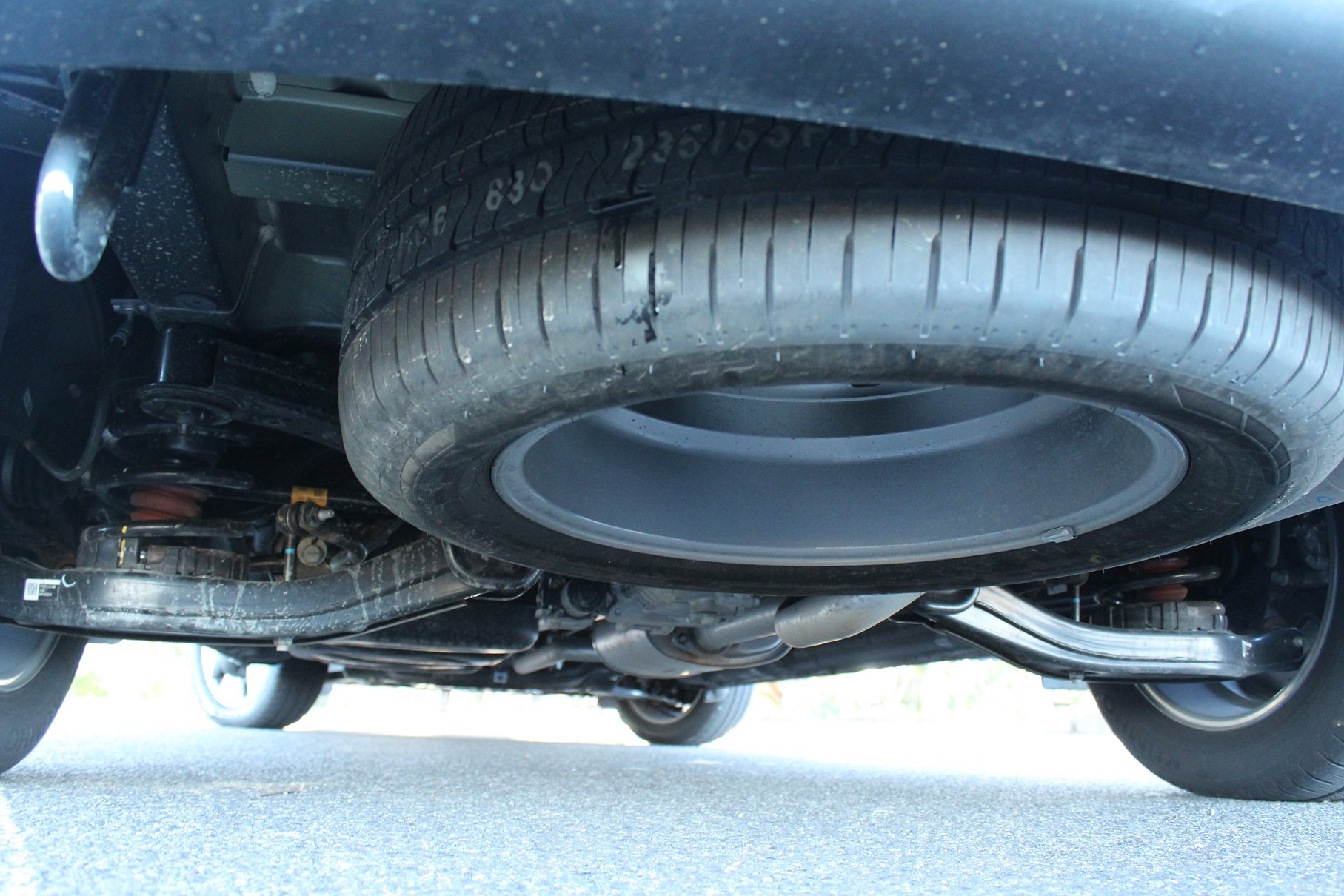
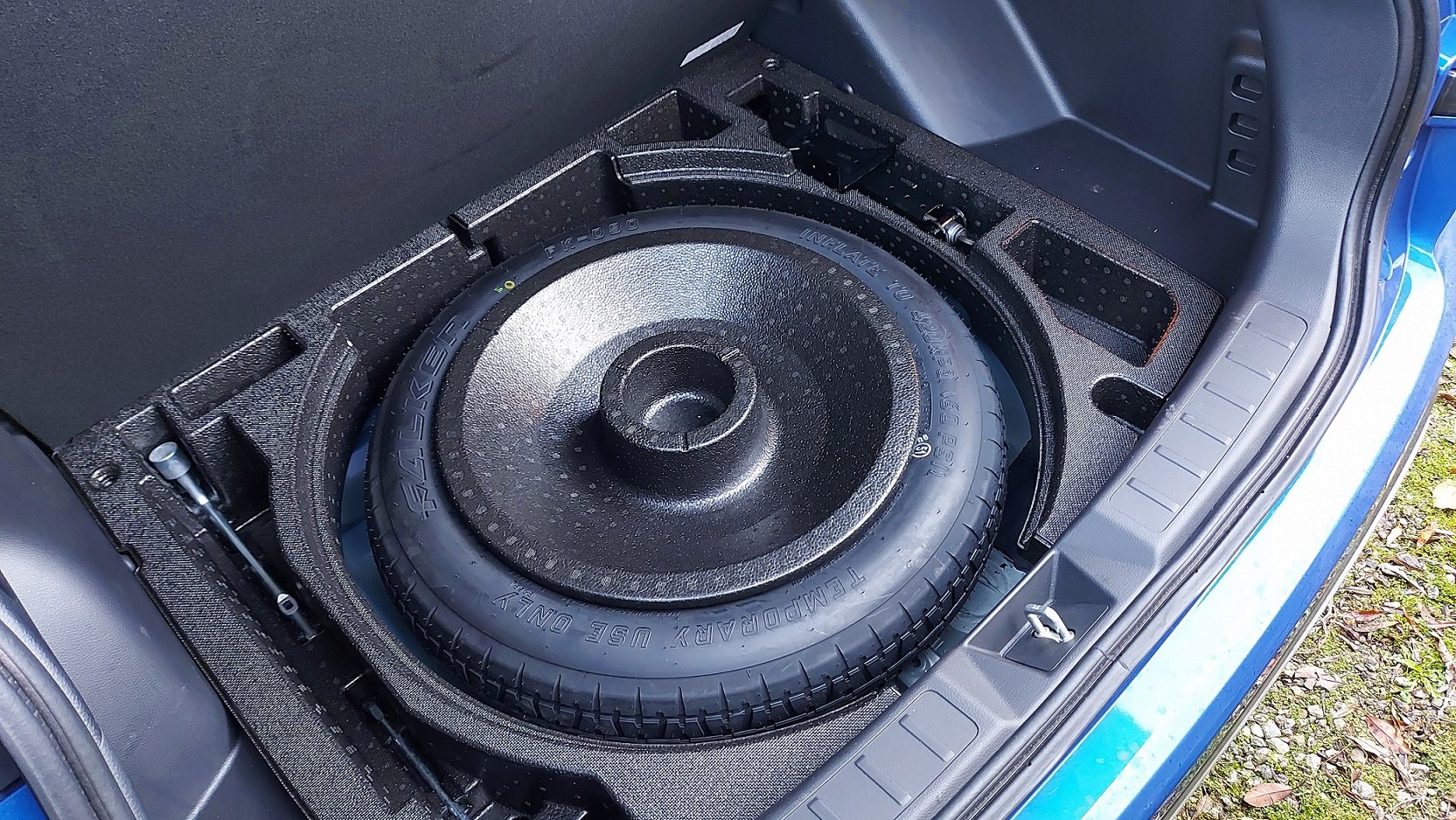
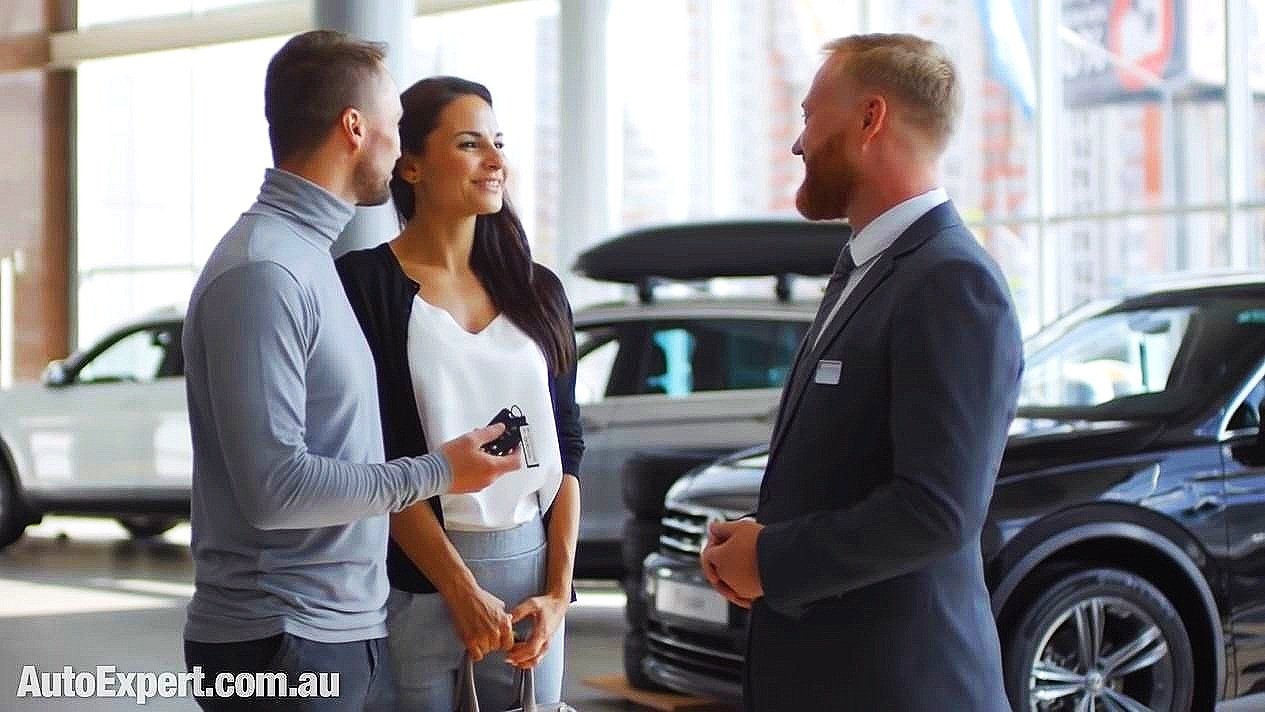
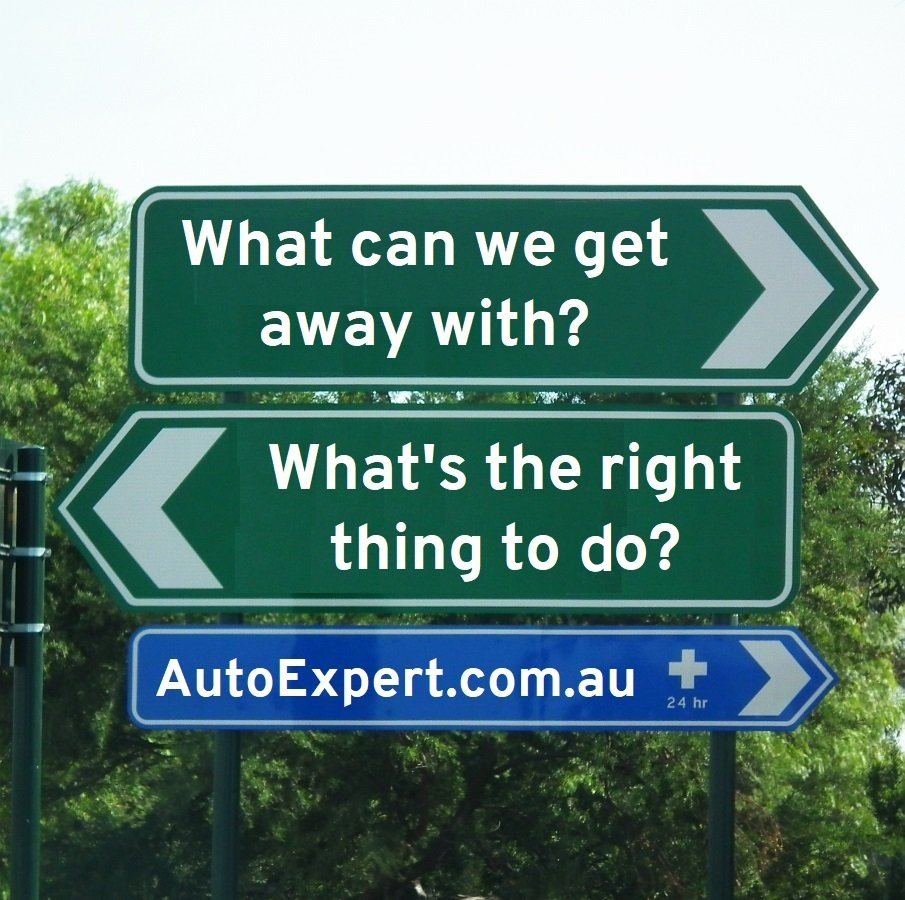
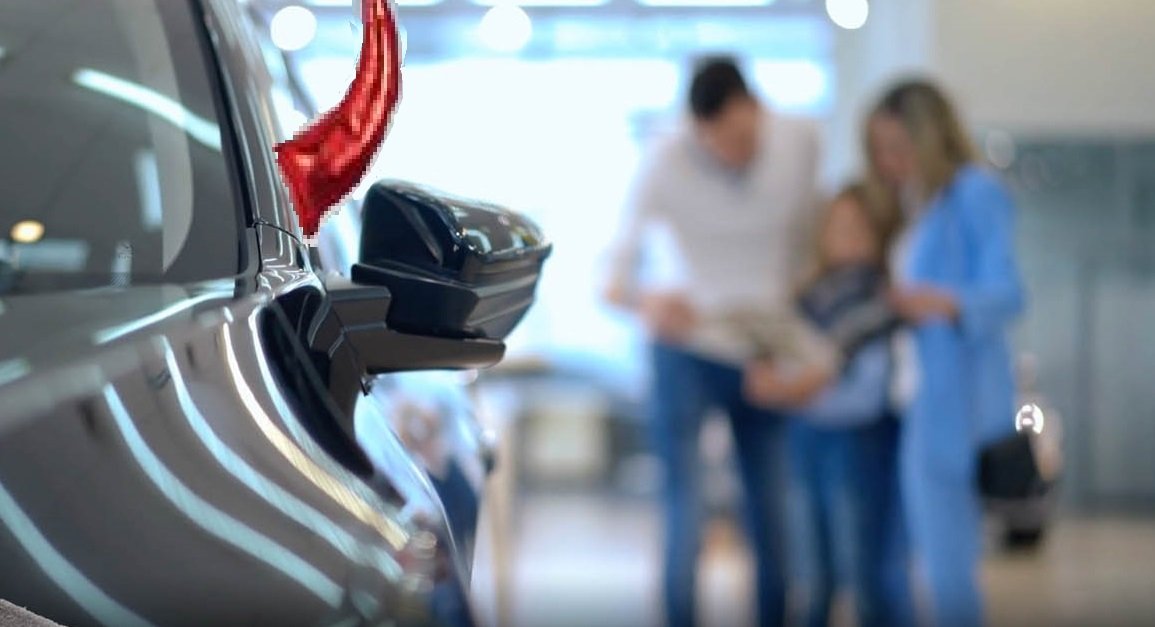

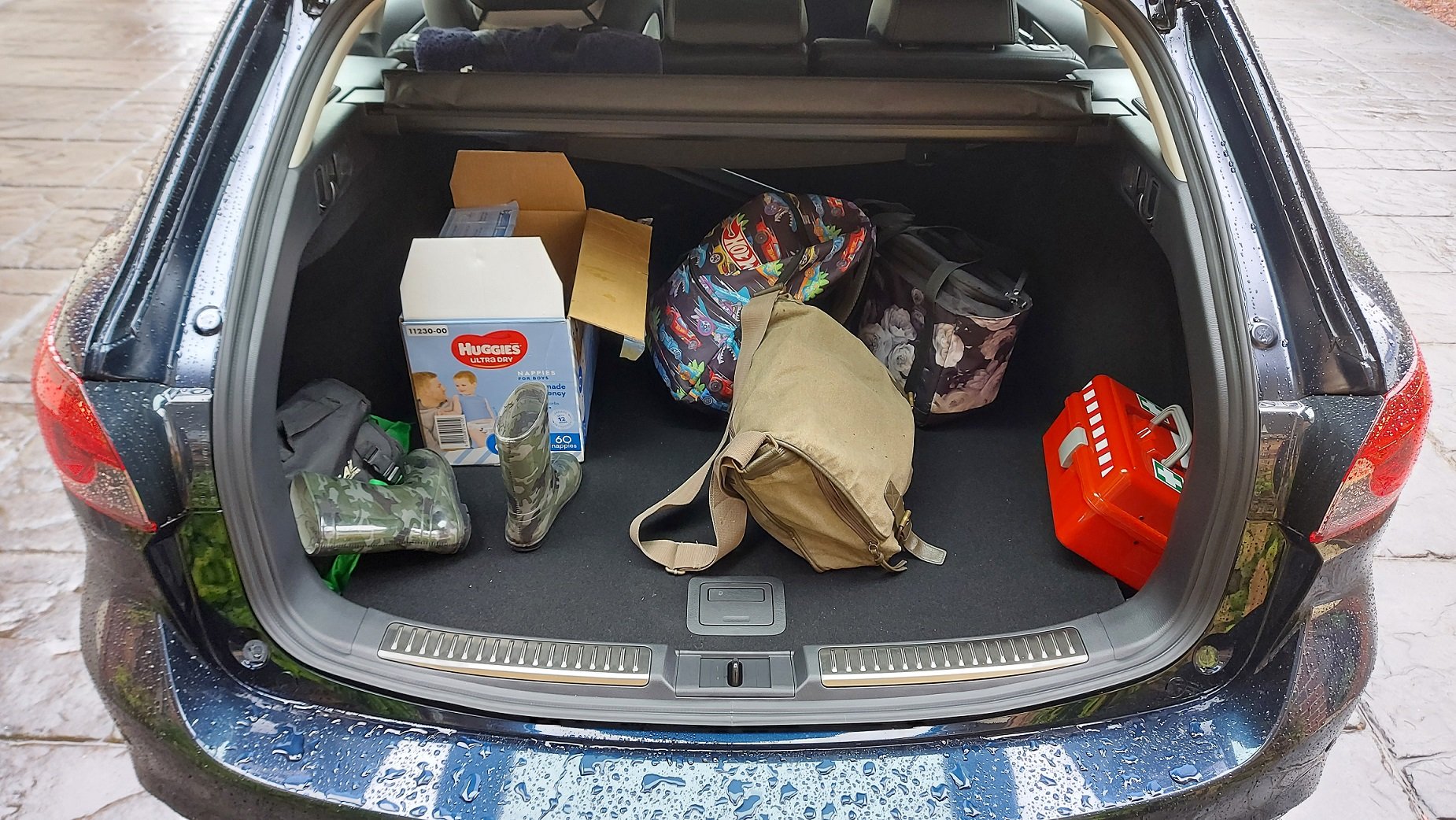
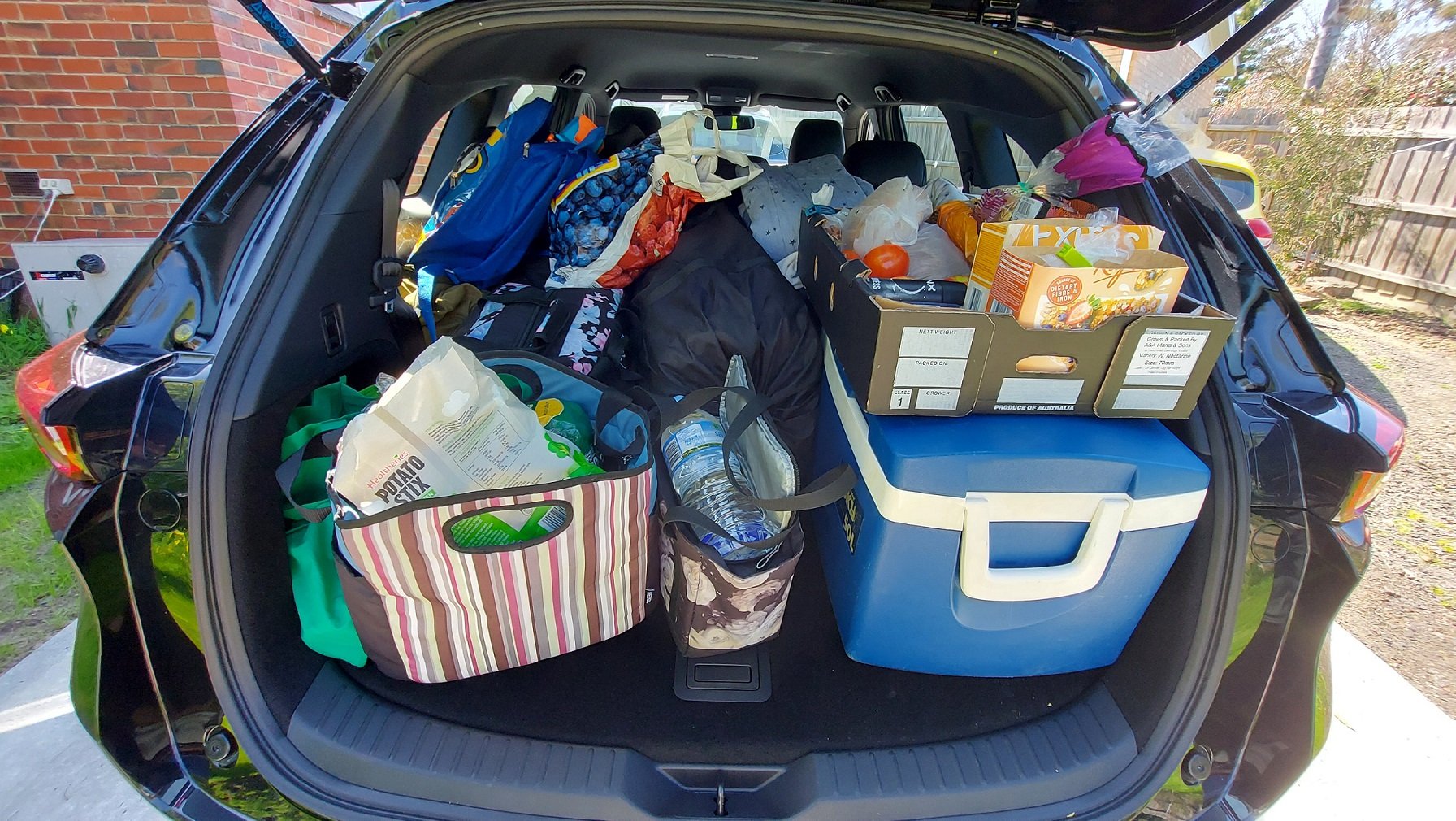











The Hyundai Palisade is a big, comfortable holiday machine for growing families and offers excellent value, generous 8-seat SUV space, and practicality on par with LandCruiser - but it’s $30K more affordable.